The government-affiliated media have recently confirmed the migration of 2.8 million people or 3.3% of Iran’s population, 37% of top rankers in the nationwide university entrance exams and Olympiads, 160,000 cardiologists and 30,000 medical staff members.
Some of these numbers cannot be accurate, but the truth is that even the migration of a small fraction of such people is painful. Solutions proposed by the policymaking apparatus are much more bitter and worrisome, as they are aimed at erasing the question and not resolving the problem.
Hossein Haqgou, an economic analyst, prefaced his article for the Persian daily Ta’adol with this note. A translation of the text follows:
New policies in this regard include the 10-year ban on exit from the country for students who participate in protests and a multiple increase in the costs of receiving academic transcripts.
(According to the communique by the Student Affairs Organization of the Ministry of Science, Research and Technology, the cost of receiving transcript in humanities for each semester, at the undergraduate and associate levels stand at 59.74 million rials [$166], Master’s degree at 106.8 million rials [$296] and PhD at 174.71 million rials [$485].)
In its recent report on human capital, the World Economic Forum says creative and productive human resources are the guarantee for the long-term success of countries and their superiority compared with any other factors.
WEF believes that human capital, particularly the young and educated human force, is the source of creative developments and the driving engine for achieving progress and sustainable growth.
Disregard of Youth Demands
The educated young population is one of the main advantages of our country, as 64% of Iran’s population are in the age bracket of 15 to 29 years.
This is an advantage and opportunity that, unfortunately, has turned into a threat, thanks to the utter disregard of their needs and demands, including the right to have a decent job, a stable economic environment, global interactions and communications, as well as individual and social rights and freedoms.
At present, up to 23% of the country’s youth between the ages of 15 and 29 are unemployed and university graduates constitute 40% of the 9.5% unemployment rate (which amount to 1 million university graduates).
The country’s student population has declined by 1.5 million people over the past six years from 4.8 million people in the year starting March 2015 to 3.2 million people in the year starting March 2021, which is indicative of the spreading perception that education is fruitless in Iran.
The country’s decision-making system needs to clarify where it stands on this issue.
According to Masoud Nili, a veteran economist, either our decision-making system understands this issue, or unknowingly continues to employ old methods.
“It may even succeed, but the results will be short-lived. We are at a point where we have to acknowledge [that we’re losing] the most precious capital we have,” he added.
Sadly, the government’s modus operandi has left the talented young people with no choice but to migrate, or continue to grapple with frustration, depression and protest in Iran. If only someone was listening to these knowledgeable, skilled, young people and the prospect of their participation and social interaction was recognized and provided through civil mechanisms and unions, recent developments could have unfolded in a different way, which the Iranian nation deserves. It is better for everyone to hear the voice of this generation.




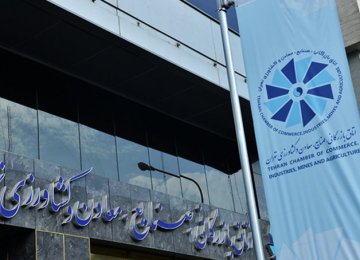
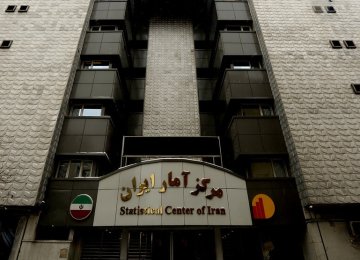
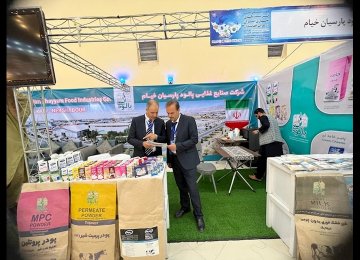

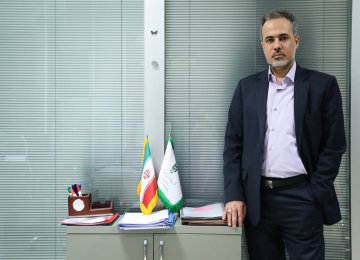
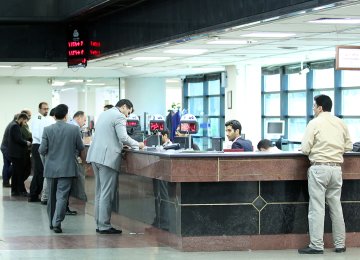
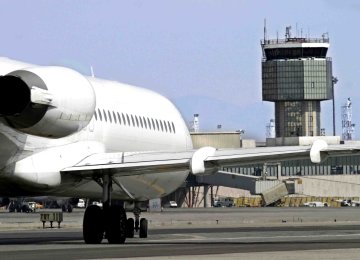


Add new comment
Read our comment policy before posting your viewpoints